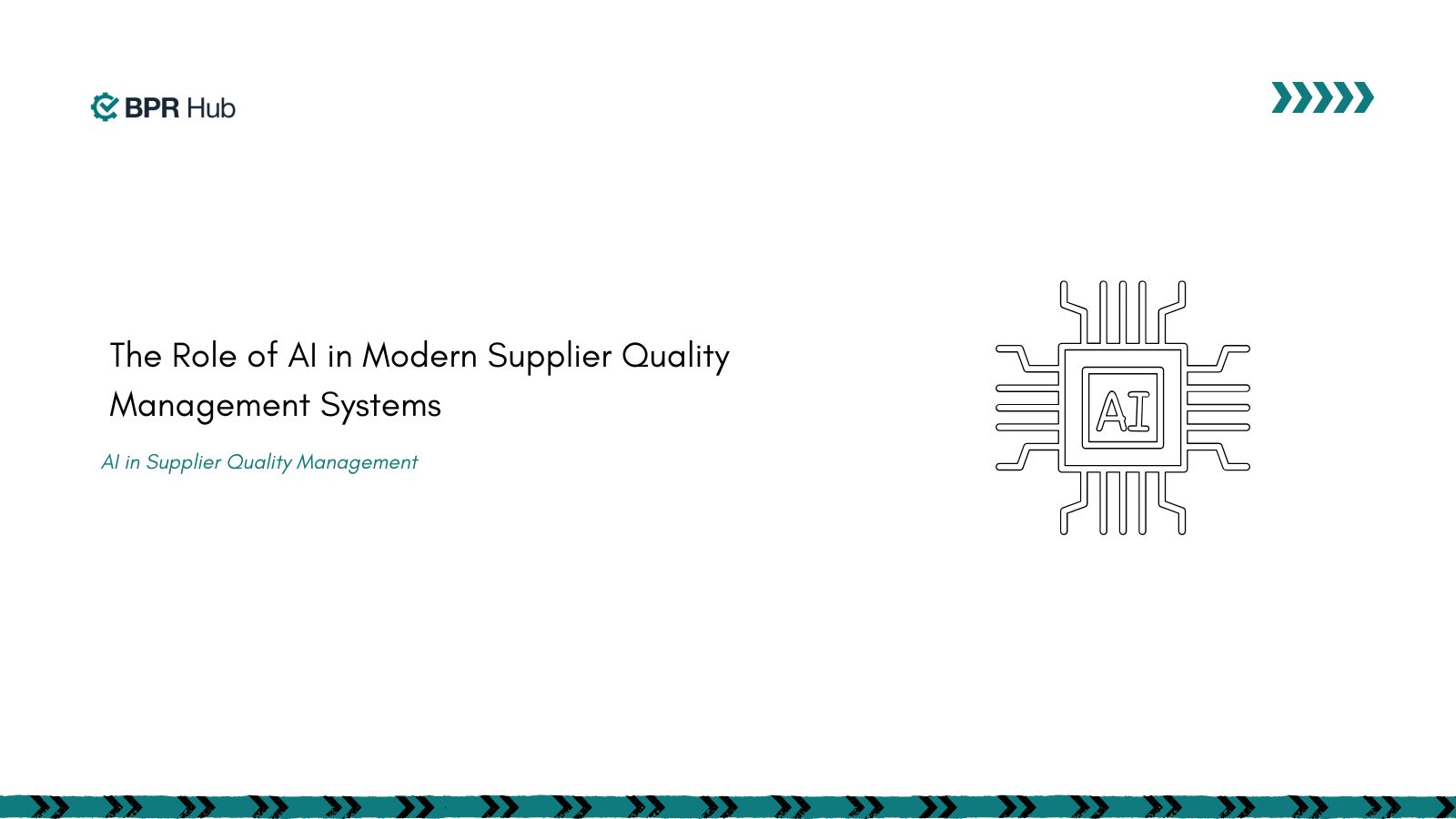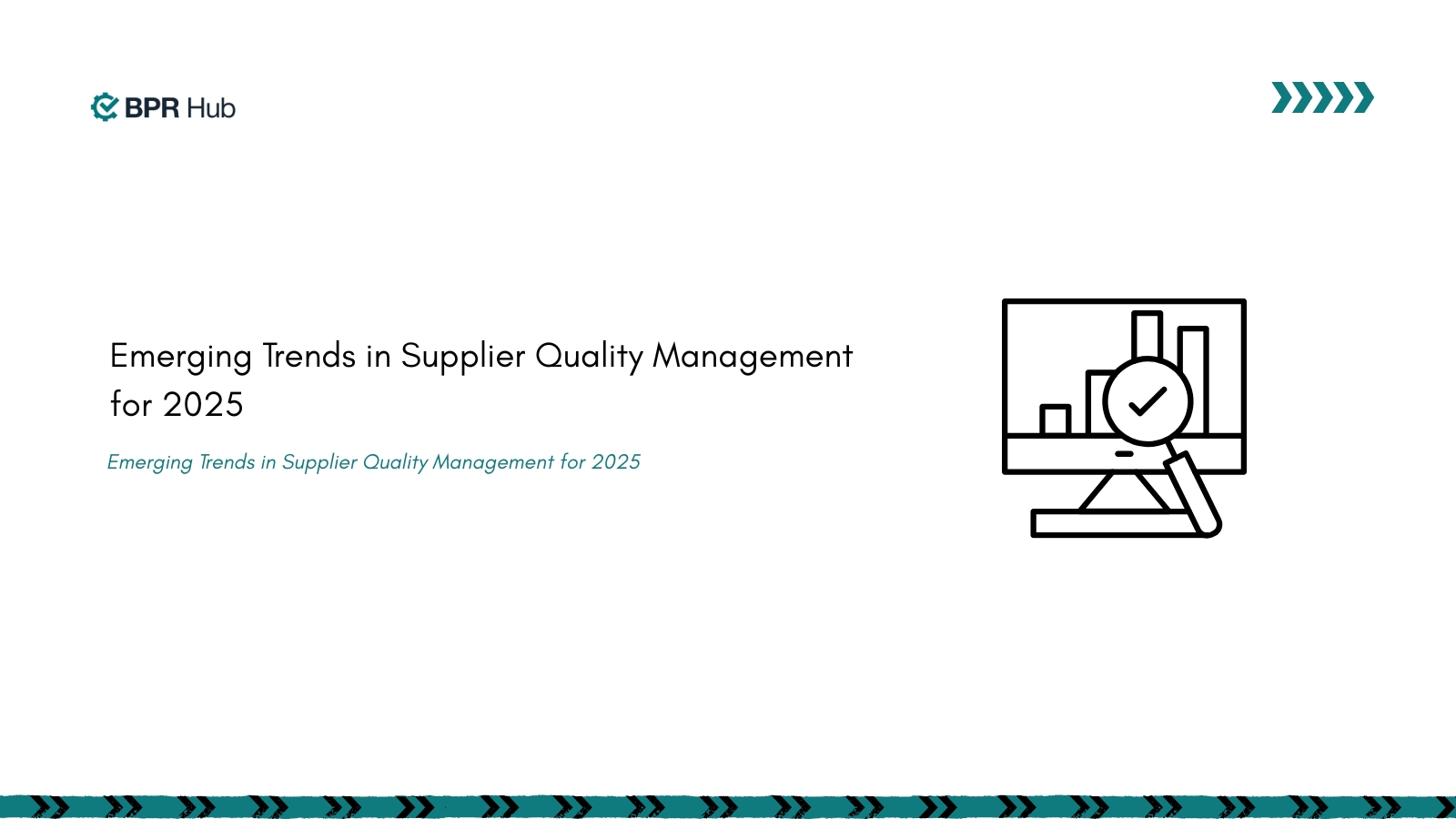Safety compliance might sound like a dry topic, but it's actually the heartbeat of protecting workers and creating a culture of care in any workplace. Have you ever wondered how companies really know they're doing the right thing when it comes to health and safety? ISO 45001 Clause 9.1.2 talks about a systematic way to make sure your workplace is actually following all those safety rules and regulations you've worked so hard to put in place. It's like having a safety detective that regularly investigates whether your company is walking the talk when it comes to keeping people safe.
Workplace injuries cost U.S. businesses $170 billion annually. How much could your company save by ensuring safety standards are consistently met? Understanding ISO 45001 evaluation of compliance, which focuses on compliance evaluation, is key to strengthening your Occupational Health and Safety (OH&S) management system. In this post, we’ll break down what Clause 9.1.2 means, why it matters, and how it can transform your workplace safety. No technical jargon—just practical, straightforward information to help protect your most valuable asset: your people. Let’s dive in!
What is ISO 45001 Clause 9.1.2?
ISO 45001 Clause 9.1.2 is crucial for ensuring that an organization’s Occupational Health and Safety (OH&S) management system remains compliant with relevant laws and regulations. One way to understand the application of ISO 45001 is by looking at a real-world ISO 45001 evaluation of compliance example, which can provide insight into how businesses implement the evaluation process. Here’s what you need to know:
- Evaluation of Compliance: Regular assessments to ensure adherence to legal, regulatory, and other safety-related requirements.
- Identify Gaps: Helps identify any compliance gaps or areas where safety standards may not be fully met.
- Risk Mitigation: Proactively addresses potential hazards, reducing the likelihood of accidents and legal issues.
- Continuous Improvement: Supports ongoing improvements in safety protocols and compliance performance.
- Documentation: Proper records are required to track compliance status and any corrective actions taken.
By ensuring these key points are met, organizations can enhance safety, reduce risks, and demonstrate a commitment to both legal compliance and employee well-being. Having understood the basics of ISO 45001 Clause 9.1.2, let's delve into why the evaluation of compliance plays such a crucial role in ensuring the effectiveness of your OH&S management system.
The Significance of Evaluation of Compliance in OH&S Management Systems
Evaluating compliance is a fundamental aspect of an effective OH&S management system under ISO 45001. The evaluation of compliance ensures that the organization’s health and safety practices align with legal requirements, industry standards, and internal policies. Evaluation of compliance is critical for several reasons. First, it allows organizations to identify potential hazards and risks that may otherwise be overlooked. By regularly assessing compliance, manufacturers can prevent incidents and minimize health risks to employees. Additionally, meeting regulatory requirements helps prevent costly penalties and protects the company’s reputation.
Role in Preventing Work-Related Injuries and Accidents
A strong compliance evaluation process is key to preventing work-related injuries and accidents. Under ISO 45001 Clause 9.1.2, regular assessments help ensure that safety measures are effective and up-to-date. Evaluating compliance helps identify safety gaps that could lead to accidents. Here’s how it works:
- Early Detection of Risks: Regular evaluations uncover outdated protocols or overlooked hazards, allowing for corrective action before incidents occur.
- Updated Safety Measures: Compliance evaluations ensure safety procedures meet current regulations, reducing the chance of accidents.
- Promoting a Safety Culture: Continuous monitoring encourages proactive safety behaviors, fostering a safer work environment.
In summary, evaluating compliance under Clause 9.1.2 is essential to preventing injuries, reducing legal risks, and enhancing overall workplace safety. Now that we understand the significance of evaluating compliance, let’s dive into how you can establish an effective process to evaluate compliance within your organization.
Establishing a Compliance Evaluation Process
Did you know that 40% of workplace injuries are linked to ineffective safety processes? Establishing a solid evaluation process can help you address these risks before they result in accidents. To evaluate compliance effectively, organizations need to first establish a clear process. This involves understanding the relevant laws, regulations, and internal standards that govern OH&S. A well-defined compliance evaluation process lays the groundwork for systematic monitoring and assessment.
Identification and Understanding of Legal and Regulatory Requirements
The first step in establishing an effective evaluation process is understanding the legal and regulatory framework governing your industry. Here’s how you can approach this:
- Identify Applicable Laws and Standards: Research and list all laws, standards, and codes relevant to your workplace or industry.
- Ensure Stakeholder Awareness: Communicate these requirements to all relevant stakeholders to build a shared understanding of compliance expectations.
- Stay Updated on Regulatory Changes: Monitor for updates to laws and regulations to manage compliance risks proactively and avoid violations.
- Centralize Documentation: Maintain a centralized legal register to track applicable regulations and simplify communication and adherence efforts.
Processes for Assessing and Evaluating Compliance Status
After identifying the requirements, establish a structured process for evaluating compliance. Key steps include:
- Conduct Regular Self-Assessments: Schedule routine checks where teams or departments review their compliance status against established requirements.
- Implement Monitoring Systems: Use tools or platforms to automate compliance monitoring and generate actionable insights.
- Assign Clear Responsibilities: Define roles and timelines to ensure accountability for compliance evaluation.
- Document Findings and Actions: Keep a record of assessment results and corrective actions taken to address any gaps.
- Engage in Continuous Improvement: Use evaluation findings to refine processes and address recurring compliance challenges.
A well-structured compliance evaluation process is crucial for keeping up with constantly changing regulations. A key component of developing a strong compliance evaluation strategy is reviewing ISO 45001 evaluation of compliance examples, which provide valuable insights on assessing regulatory adherence. Once you’ve established a solid evaluation process, the next step is implementing continuous monitoring and selecting the most effective methods for ongoing compliance assessment.
Monitoring and Evaluation Methods
Continuous monitoring ensures compliance becomes an integral part of your operations rather than a one-time task. Organizations with robust monitoring systems can reduce workplace accidents by up to 50%, highlighting the importance of consistent oversight.
Effective Monitoring Strategies
- Risk Assessments: Regularly identify and address potential hazards to minimize risks.
- Internal Audits: Periodic reviews to pinpoint compliance gaps and ensure processes meet standards.
- Safety Inspections: Routine checks to address safety concerns and maintain workplace standards.
- Digital Tools: Use technology to automate tracking, reporting, and compliance evaluations, boosting efficiency.
Setting a Monitoring Cadence
- Define Frequency: Choose intervals (e.g., monthly, quarterly) based on regulatory complexity and workplace needs.
- Assign Responsibilities: Clearly outline who is accountable for conducting evaluations and implementing corrective actions.
- Track Progress: Maintain detailed records of assessments and resolutions to ensure continuous improvement.
Why It Matters
- Prevents Accidents: Identifies and resolves compliance gaps early.
- Ensures Regulatory Adherence: Keeps your organization aligned with evolving standards.
- Supports Operational Excellence: Streamlines processes for better efficiency and safety outcomes.
By selecting the right evaluation methods and ensuring frequent monitoring, you create a continuous compliance loop that helps maintain a safe working environment. Effective monitoring ensures that any compliance gaps are addressed promptly, preventing accidents and legal issues.
Are you keeping track of compliance effectively? With BPRHub’s Compliance Hub, you can monitor compliance in real time and use systematic methods to stay ahead of any risks. Request a demo to see how our platform can help, or contact us for more details.
Once you’ve established a monitoring system, the next critical step is to conduct thorough compliance audits to ensure your processes are on track and any issues are promptly addressed.
Conducting Compliance Audits
Compliance audits are a powerful tool to ensure your OH&S management system is operating effectively. They allow you to thoroughly examine policies, procedures, and records to confirm that your practices align with both legal and internal standards. By incorporating an ISO 45001 evaluation of compliance example into your audit planning, you can gain practical insights that help ensure your safety protocols meet legal requirements and industry best practices.
- Planning and Conducting Regular Audits: A well-planned audit involves a comprehensive review of your OH&S management system. This includes evaluating all procedures, documents, and practices to ensure that they align with ISO 45001 and regulatory requirements. Audits should be conducted regularly, whether internally or by external auditors, to ensure objectivity and transparency.
- Reviewing Policies, Procedures, and Documents for Compliance: Audits should include a detailed review of your policies, procedures, and documentation. Ensuring that all records are properly maintained is crucial for compliance, as these documents serve as evidence that your organization is following the right practices. Document reviews should also ensure that any changes in regulations are reflected in the policies.
A survey by Compliance Week revealed that 62% of companies believe regular compliance audits help uncover critical issues that would otherwise remain hidden. Conducting regular compliance audits is an integral part of staying compliant with ISO 45001. By ensuring that all documentation and practices are up to date and aligned with regulatory requirements, audits help safeguard workplace safety and ensure ongoing legal compliance.
Do you have a streamlined audit process in place? BP
RHub’s Audit Hub simplifies and automates your audit procedures, ensuring a thorough review with minimal effort. Schedule a demo now, or reach out to find out how we can support your compliance audits.
After conducting regular audits, the next priority is tackling any non-compliance issues head-on to ensure a safe and compliant workplace for everyone.
How to Tackle Non-Compliance and Keep Your Workplace Safe
Non-compliance is an inevitable challenge, but addressing it swiftly is essential to minimize risks and maintain a safe workplace. A PwC report found that 56% of organizations struggle with consistently addressing non-compliance, a critical issue that can jeopardize workplace safety. Recognizing non-compliance issues and taking corrective actions is part of the continuous improvement process required by ISO 45001.
- Identification of Non-Compliance Issues: The first step in addressing non-compliance is identifying issues promptly. This can happen through regular audits, employee reports, or safety inspections. It’s important to involve relevant stakeholders in identifying and reporting non-compliance, as this fosters a culture of safety and accountability.
- Implementation of Corrective and Preventive Actions: Once non-compliance is identified, corrective and preventive actions must be taken to resolve the issue and prevent recurrence. Corrective actions may include revising procedures, training staff, or investing in new safety equipment. Preventive actions focus on creating systems that will ensure future compliance and safety.
Addressing non-compliance is critical to maintaining the effectiveness of your OH&S management system. To tackle non-compliance effectively, an ISO 45001 evaluation of compliance example can guide you in identifying issues and implementing corrective actions. By identifying non-compliance early and taking corrective and preventive actions, you improve your organization’s safety culture and reduce the risk of workplace incidents.
Is your organization ready to handle non-compliance quickly and efficiently? With BPRHub’s Compliance Hub, you can identify non-compliance issues early and implement corrective actions fast. Get in touch to see how we can help.
Once non-compliance issues are addressed, it's essential to focus on maintaining detailed records to ensure ongoing compliance and support a culture of safety.
The Importance of Documentation and Record-Keeping for Compliance
Proper documentation and record-keeping are essential for proving compliance with ISO 45001 and legal regulations. Well-maintained records serve as evidence that compliance evaluations, audits, and corrective actions have been carried out effectively. All compliance evaluations, audits, and corrective actions should be properly documented. This includes keeping track of compliance assessments, audit results, and the actions taken to address any issues. This documentation serves as proof of compliance during inspections or audits and helps ensure transparency.
Types of Records and Their Retention Strategies
The types of records you maintain directly reflect your commitment to compliance and safety.
Common records include:
- Safety Inspections: Documenting regular safety checks helps track the condition of equipment and workplace environments.
- Audit Reports: Keeping detailed audit records allows you to monitor internal and external compliance and identify areas for improvement.
- Corrective Actions: Records of corrective actions taken highlight your proactive approach to addressing safety gaps and mitigating risks.
- Employee Training Records: Training documentation ensures that employees are well-prepared and comply with safety regulations.
Retention Strategies
Having a clear strategy for retaining these records is crucial. Here’s how you can effectively manage your documentation:
- Set Clear Retention Policies: Determine how long each type of record needs to be kept according to legal requirements or industry standards.
- Ensure Secure Storage: Use both digital and physical storage methods to protect sensitive information. Cloud-based solutions, like BPRHub, offer secure access and organization of records.
- Regular Reviews: Periodically review your records to ensure they are up-to-date and in line with compliance requirements. This also helps identify trends for continuous improvement.
Proper documentation and record-keeping are crucial for legal compliance and continuous safety improvements. ISO 45001 requires compliance records to be retained for at least 3 years for audits and reviews. Well-maintained records not only simplify audits but also ensure your safety protocols stay effective. Automation tools like BPRHub can further streamline your compliance evaluations and enhance workplace safety.
The Importance of Compliance Evaluation in Enhancing Workplace Safety
Effective compliance evaluation is the backbone of a safe and efficient workplace. Under ISO 45001 Clause 9.1.2, regularly assessing your OH&S management system through an ISO 45001 evaluation of compliance example ensures that safety standards are met and risks are minimized. This proactive approach helps prevent workplace injuries, improve safety measures, and reduce potential legal liabilities, ultimately creating a culture of continuous improvement and safety. Regular compliance evaluation directly contributes to a safer workplace by:
- Preventing Work-Related Injuries: Identifying and addressing compliance gaps reduces risk factors.
- Enhancing Operational Safety: Ongoing evaluations help maintain up-to-date safety protocols.
- Reducing Legal Risks: Regular compliance checks ensure adherence to legal and regulatory standards, avoiding penalties.
By adopting a systematic evaluation process—tracking compliance, conducting audits, and addressing non-compliance—you create a culture of safety and operational excellence. With BPRHub’s compliance management tools, you can streamline the evaluation process, monitor real-time compliance data, and automate tasks to stay ahead of regulations. BPRHub ensures your safety standards remain aligned with legal requirements, boosting workplace efficiency and minimizing risks.
Is your compliance evaluation process ensuring workplace safety? BPRHub can help you evaluate and manage compliance efficiently, so you can focus on maintaining a safe work environment. Book a demo now to learn more about how we can help enhance your safety practices.
FAQ’s
1. What is ISO 45001 Clause 9.1.2?
ISO 45001 Clause 9.1.2 focuses on the evaluation of compliance with legal and regulatory requirements related to occupational health and safety (OH&S). It ensures that your organization regularly assesses whether it is meeting the necessary safety standards, reducing risks, and preventing accidents.
2. Why is the evaluation of compliance important under ISO 45001?
Regular compliance evaluation helps organizations identify and address potential safety hazards before they lead to incidents. It not only ensures adherence to legal requirements but also fosters a proactive safety culture, reducing the risk of workplace injuries and accidents.
3. How often should compliance evaluations be conducted?
ISO 45001 does not specify a fixed timeline, but compliance evaluations should be conducted regularly to stay current with safety regulations. Many organizations choose to evaluate compliance quarterly, semi-annually, or annually, depending on their operations and risk levels.
4. What records should be maintained during the compliance evaluation process?
Key records include safety inspections, audit reports, corrective actions, and employee training records. These documents serve as proof of compliance and can be reviewed during audits or regulatory inspections.
5. How does BPRHub help with compliance evaluations?
BPRHub streamlines the compliance evaluation process by providing real-time data and automated tools for tracking and reporting compliance. It helps you stay on top of legal requirements, perform audits efficiently, and ensure safety standards are always met, reducing manual effort and human error.
6. What happens if non-compliance is identified during an evaluation?
When non-compliance is identified, corrective actions should be taken immediately. This could involve updating safety protocols, retraining staff, or making changes to equipment or procedures. Addressing non-compliance promptly helps maintain a safe working environment and ensures adherence to legal obligations.
7. How can compliance evaluations improve workplace safety?
By identifying potential hazards early, compliance evaluations ensure that corrective actions are taken before accidents occur. Regular assessments help maintain updated safety measures and reinforce a culture of safety, resulting in fewer injuries and a safer working environment overall.
Get insights that help you minimize risks and maximize profits.
Dive deeper into manufacturing compliance with our free resources.
We get it, compliance can get tough.
Here are some additional resources to help.
We get it, compliance can get tough. Here are some additional resources to help.
Get updates in your inbox

.svg)
%20(1).svg)


.jpg)


%20(1).svg)

.avif)

